Michael C from Serious Film here. I watched the subject of today's column again recently for maybe the third or fourth time and it simply demanded to be written about.
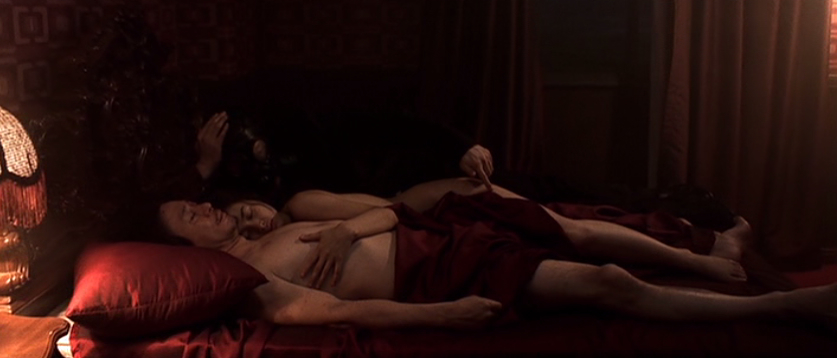
What is it about Chan-wook Park’s Oldboy (2003) that makes it so difficult to shake?
My thoughts kept returning to it for months after seeing it for the first time. I certainly admired it for its wickedly clever plotting and for the actors' fearlessly committed performances. Yet there are lots of movies I admire that don’t haunt me like this one did.
I think I find my way back to Oldboy so often because it feels unlike every other movie out there. The world of Oldboy is presented as a version of reality (nothing takes place without an explanation, however over-the-top) but the more I think about it, the more I realize Oldboy is as much a fantasy as Star Wars or Blade Runner. Only instead of being set in the future or on a different planet, it takes the world we know and edges it into the stuff of nightmares. A place where seemingly normal locations such as a schoolyard or a computer lab are warped and foreboding in ways we can’t always put our finger on.
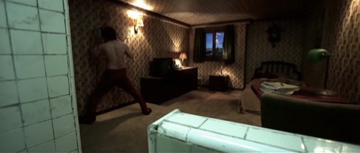
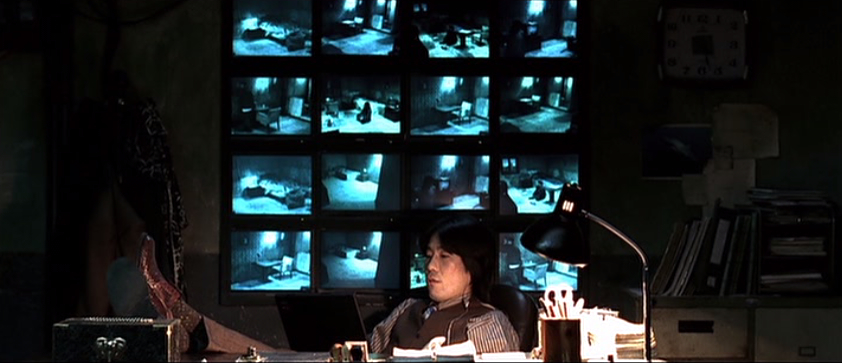
And that is just what the production designer Seong-hie Ryu does with the mundane locations. The script of Oldboy calls for a few places where there is no precedent to draw from. The task of designing a room where a man has to remain imprisoned for fifteen years for no apparent reason is a daunting one. That horrible little room is the emotional core of the whole story. It needs to make an impression. Ryu responds with a masterpiece of art direction, and he does it with some cheap motel furniture, a sickening color scheme and above all else that hellish “inspirational” painting on the wall.
But as unforgettable as that room is, the real tour de force of production design is the apartment of the story’s villain Woo-jin Lee. Just as challenging as crafting a cell worthy of the film's riveting opening sequence, is the creation of a stage suitable for the operatic tragedy of Oldboy’s climax.
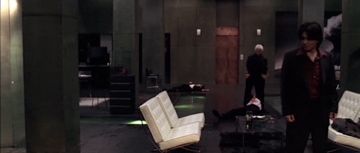
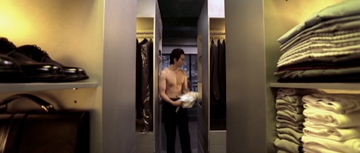
So many of the details are so perfectly chosen, from that pond with its narrow walkways to the ominous littering about of antique cameras. My favorite detail is that amazing giant cube that opens up into a closet. It serves the multiple purposes of 1) being objectively fascinating to look at. I’ve never seen one of those before. 2) Fleshing out the character of Woo-jin Lee. Be wary of any man with a closet like that. 3) Being just the right amount of creepy and portentous, and 4) Being a great subtle symbol for the hidden secrets that are about to reveal themselves. Not bad for one piece of furniture.
That apartment, along with that prison where Oh Dae-su spends those fifteen years, goes on a list alongside Jack Rabbit Slim’s in Pulp Fiction and the lair of the Pale Man in Pan’s Labyrinth. Movie locations I will not soon forget